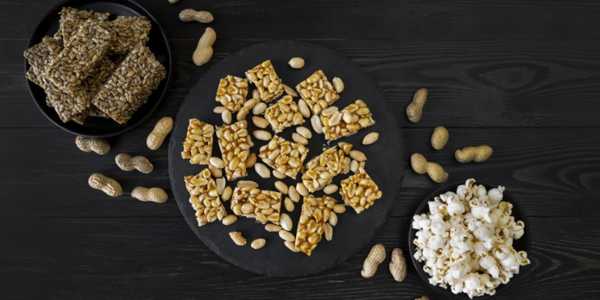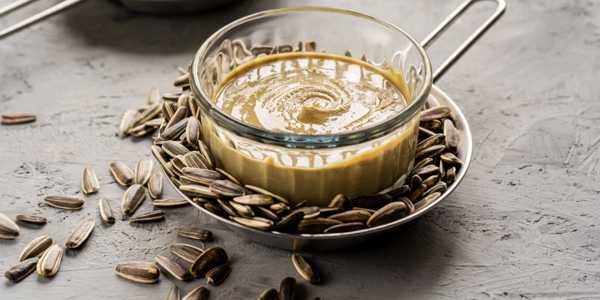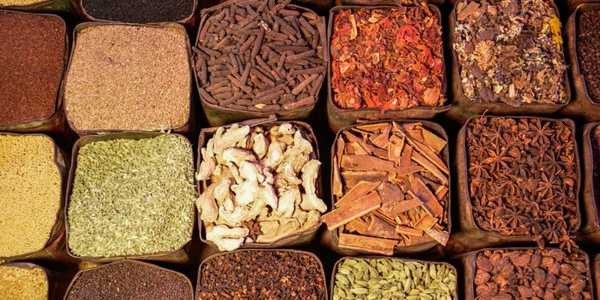tourism
Have you ever opened a jar of pickles prepared at home only to discover they are soggy? You're not alone. Many pickle enthusiasts experience this familiar issue, which needs to be more convenient.
Soft pickles taste awful and go to waste, as do all the time and effort used in preparing them. This can be pretty irritating, especially if you're in the process of preparing the best pickle dish. But don't worry!
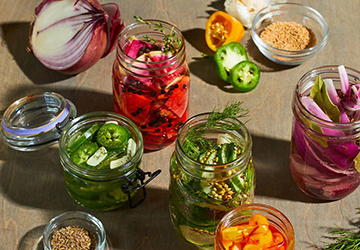
In this blog post, we'll share five tips you should follow to ensure that you always get the best pickles that are crunchy and tasty. Read on to learn how to achieve the crunch you have always wanted in your pickles.
Let’s get started!
5 Tips to Make Your Pickles Crisp
Crisp pickles are more than a textural thing that you may prefer. Tender, crisp pickles are not just good to have – they are necessary to get the best pickles. Below are the five tips for crisp pickles;
1. Use Fresh Cucumbers
Cucumbers are still firm and ideal for making crisp pickles. When choosing cucumbers, they should be fresh and green in colour, not bruised, and hard to the touch.
Do not use overripe or soft cucumbers, as they will make the pickles soft.
Use fresh cucumbers picked from the garden, the farmers' market, or a trusted produce vendor if possible.
The type of cucumbers you will use will determine the crispness of your finished pickles.
A lack of fresh cucumbers may require a change of pickling process because the natural firmness will not be available.
2. Soak in Ice Water
One traditional technique for ensuring that cucumbers do not lose their crunch when pickling is to immerse them in ice water before pickling.
Cold water also aids in stiffening the cucumber tissue; hence, they do not turn soft during pickling.
All you have to do is put your cucumbers in a big bowl and add ice water. They should be soaked for 4-5 hours or left to soak overnight.
This may add more time to the process, but enjoying the crunchy pickles at the end is worth the effort.
If you are pickling, rinse the cucumbers in cold water and then drain them well before using them for the pickling process.
3. Add Tannins
Tannins are naturally occurring compounds found in many plants, and they can help maintain the crunchiness of pickles.
Tannins, when included in your pickling brine, help to firm up the cucumber tissue; thus, they do not become soft or mushy as time passes.
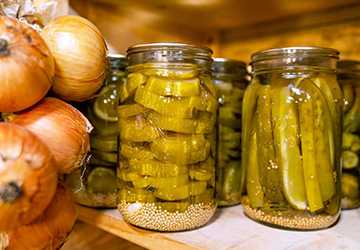
Natural sources of tannins are grape leaves, oak leaves, and black tea bags.
Place a few leaves or a tea bag on the cucumbers before pouring the brine and putting them in the pickling jar.
The tannins will dissolve in the brine and start their process of making the pickles crisper and crunchier.
Tannin sources can be varied, and it is recommended that you try different ones to find the most suitable one.
4. Avoid Overheating
Cucumbers should be boiled or cooked briefly during pickling because boiling makes them soft and lose their crunch.
To avoid this, it is advised that instead of boiling your pickles, you should employ a low-temperature pasteurization process. Process your filled pickle jars in a water bath at 180-185°F (82-85°C) for about 30 minutes.
This mild heating process is enough to eliminate any unwanted bacteria, and at the same time, it does not make the cucumbers soft.
The temperature should be monitored, and the heating time should be adjusted according to the size of the pickle jars.
Doing so gives you safe, crisp pickles without sacrificing texture.
5. Use Pickling Salt
The choice of salt is also significant when making crisp pickles. Table salt, which is commonly used, should not be used in pickling since it contains additives such as iodine and anti-caking agents, which will make the pickles soft and mushy.
Pickling salt or canning salt is recommended to prevent this – this is plain salt with no iodized or anti-caking agents added. Pickling salt is easy to dissolve in the brine and plays the role of making cucumbers crispier.
When measuring out your salt, ensure that you use the right amount required in the recipe since using a high or a low amount of salt also influences the texture of the pickles.
Achieve the Perfect Crunch Pickle Today
With the tips on achieving the best crisp pickles, you can now bid farewell to mushy pickles for good. With these crucial tips implemented, you will be sure your pickles will always have the crunch you desire.
Whether you are a beginner or an expert in pickling, these methods will help you achieve the right texture each time you pickle.
Well, what are you waiting for? Collect your materials, read the following rules, and you will be ready to start your next pickling as a professional.
It is time to prepare for the ultimate crispiness in every mouthful. Your tongue will be happy with the delicious taste of the food you will be eating.


